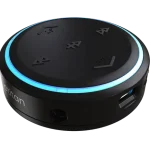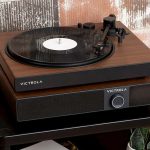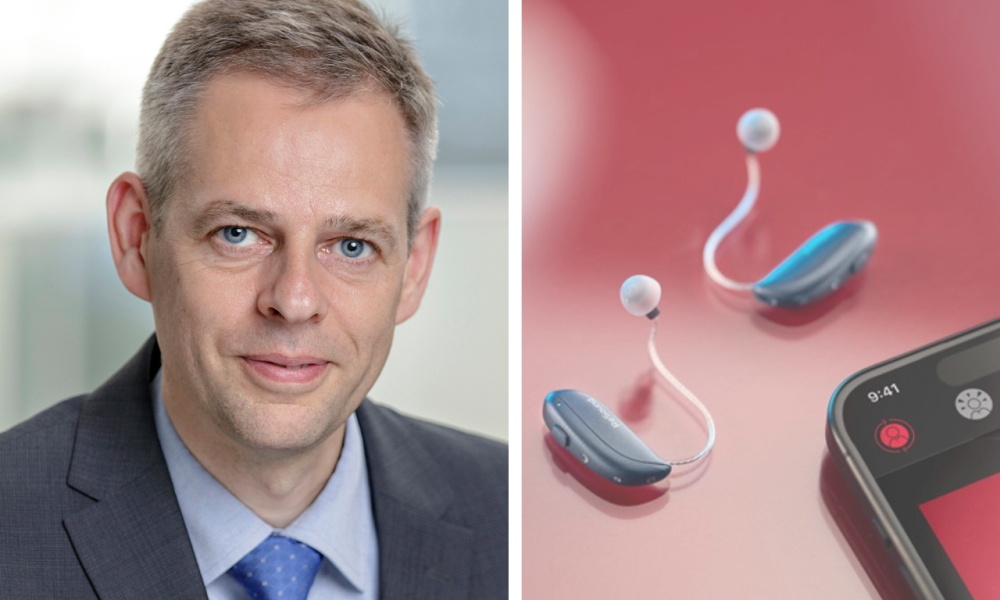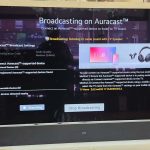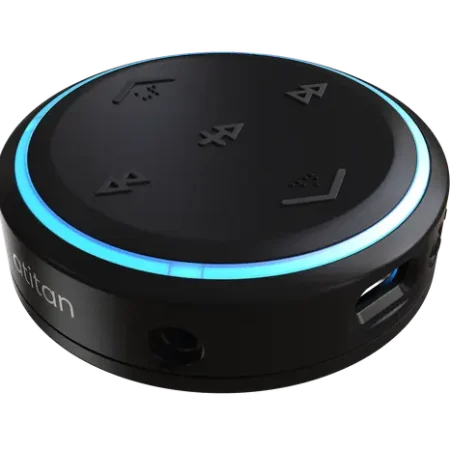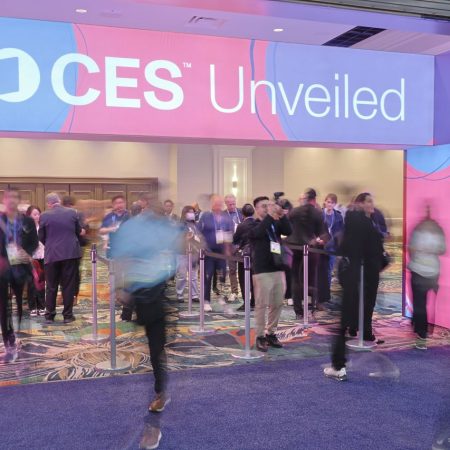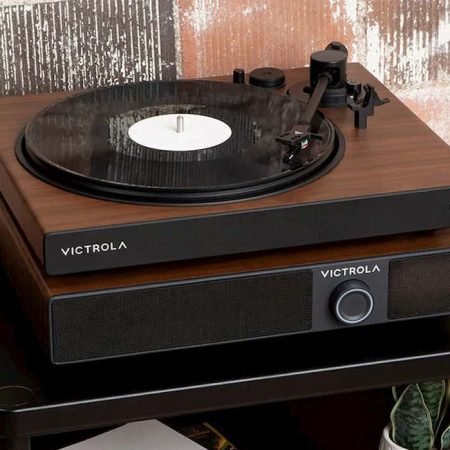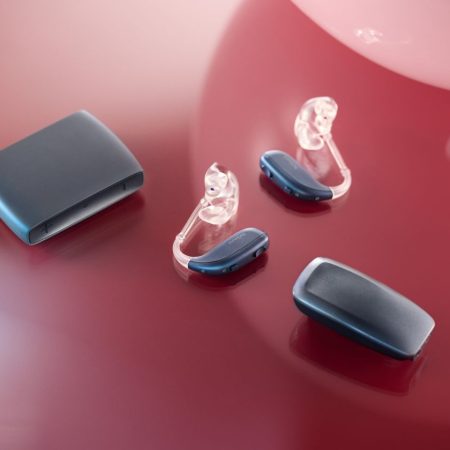Why GN Group’s Thomas Olsgaard believes Auracast is going to fly
For years, the digital revolution has charged ahead – streaming faster, sounding sharper, connecting smarter. But for the millions of people with hearing loss, these advancements have often left them behind. Now, that tide is turning.
At the heart of this transformation is Auracast – based on Bluetooth LE Audio and the first major wireless audio technology designed with the needs of the hearing-impaired placed front and centre.
No one understands this shift better than Thomas Olsgaard, Principal Engineer at GN Group. While his LinkedIn profile downplays his role as simply “responsible for standardisation and new technology access” at GN Group – the company behind ReSound and Danalogic hearing aids – the reality is far more impactful.
Thomas has spent more than a decade working with others to shape Auracast into a truly inclusive standard – one that can work seamlessly across devices, brands, and settings. It’s no small feat in an industry where, until recently, every manufacturer developed, in isolation, their own digital or AI-led solutions.
The result is that this year, 2025, hearing aids are now on sale with Auracast either already enabled or ready to be switched on via a firmware update. For the wider market, Auracast-enabled headphones, earbuds and speakers are making an appearance in shops. Microsoft is updating Windows to ensure it has the right Bluetooth codecs (at least 5.2, if not 5.4), and Samsung and LG are leading the charge on televisions.
It’s clear that Auracast’s arrival in our everyday lives is like a dam about to burst: it will happen soon, and then it will be everywhere, enhancing people’s lives.
“I’m glad it is the hearing-impaired that are first in line for this new technology,” Thomas says of Auracast. “In the past, technology has been for the tech-savvy and those very focused on that. It was later on that we looked at the hearing-impaired and others who needed support.
“We wanted to change that.”
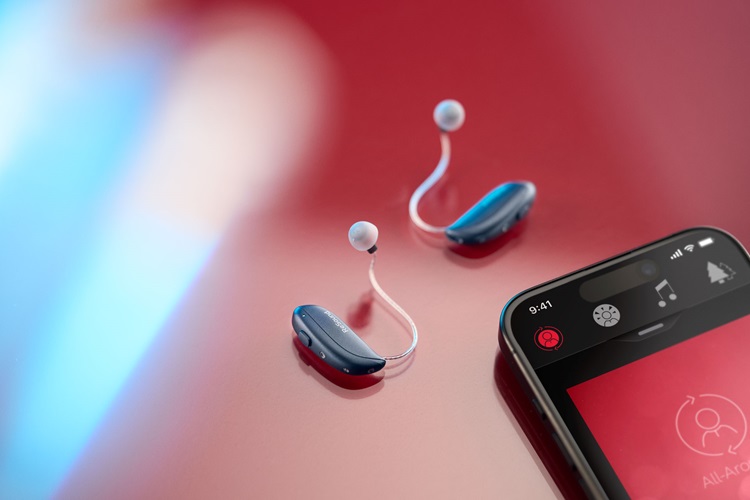
As the Bluetooth LE Audio codecs developed, it wasn’t just hearing aid manufacturers that wanted to get involved – the wider audio world declared their interest. Thomas says these firms wanted to join the Auracast wave as they could see the immense benefits of the technology and wanted to tap into it.
“I think this is the first time in history that has happened,” he says of this cooperation.
Thomas has experienced those benefits himself, having used the technology at a concert in Copenhagen and admits he was more than a little surprised at how effective it was at streaming high-quality audio.
“I should have known what to expect, because I know all the technical details, but you don’t have any compression, you have a nice bandwidth and so forth,” he explains.
“When you combine these technical features with technicians at a venue that understand how to use this new technology, they pick up the voice from the actors and innovate with the music, and suddenly your understanding of the audio is much better.
“They can put microphones at the front, and suddenly you have 180º spatial perception. It truly changes the experience audiences have.”
Auracast: a standard for years to come
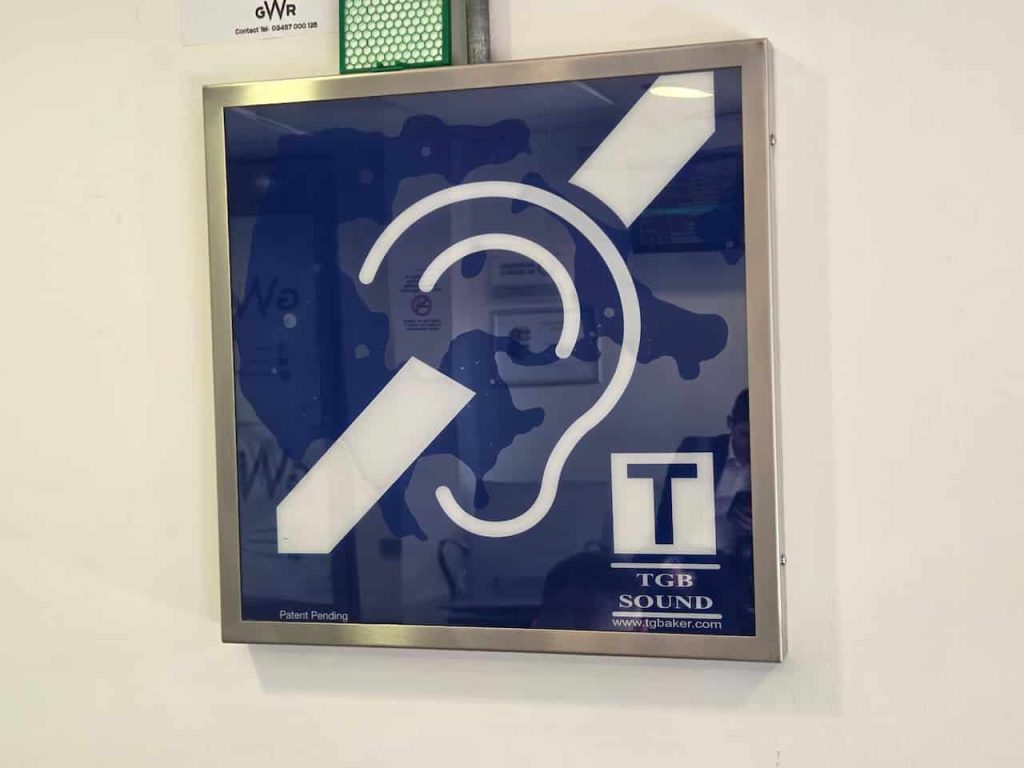
Until now, hearing aid users wanting to listen to events such as lectures, conferences, worship services and concerts would need the venue they were visiting to have a loop installed. This technology is old: it was invented in 1937 by Joseph Poliakoff from the Multitone Electric Company, eventually becoming a standard in the 1960s, and only starting to be discontinued by hearing aid manufacturers in the past decade or so.
Now, nearly 100 years later, Auracast marks a fresh start for everyone. It will take some time for it to become as ubiquitous as the telecoil, but it is coming.
“The 1930s was the last time a standard was made, the telecoil loop system,” Thomas says. “Now we are operating a digital loop system if you will, and it’s really great to see how it flies: it’s in Sydney, New York, Japan and so forth. Auracast is popping up everywhere, people are making installations and using it.”
There will be some who will be reluctant to move away from a technology they know to something fit for the 21st century. Thomas wants to reassure them, saying he has nothing but praise for the near 90-year-old technology.
“Most people know of it, how to get it running and connected and so forth. For that very same reason, it’s extremely important for Auracast to be as simple. It has to be easy to verify it’s working: technicians at a venue can very easily check if the input level is set correctly and so forth. They just have to get a set of earbuds and listen … that hasn’t been possible with the loop system and, unfortunately, I hear too many times it wasn’t switched on, or it was too noisy, and it’s almost unbearable.
“People have been sitting there for a performance, and after they have said it would have been really nice if the loop had been turned on.
“Hopefully, we can make Auracast as easy to use and, at the same time, remove the barrier for laymen and technicians to verify the system is turned on and working correctly.”

Given the concept has been several years in the making, what problems did the Auracast team need to work through?
“The first was to understand the Bluetooth technology to use, because you can use it to control all multimedia devices: your PC, phone, TV sets and so forth. That was the baseline,” Thomas says, adding that power constraints were another issue.
“Unfortunately, hearing aids have very small batteries, so you couldn’t use classic Bluetooth; you needed to use Low Energy Audio, but it was not developed for hearing aids. You only had Low Energy and manufacturers’ proprietary standards. We wanted an open standard across the hearing aid industry, and had to develop it, looking ahead and planning for the technology we might have in the future.”
They worked according to Moore’s Law – an observation that the number of transistors on a microchip will approximately double every two years. It’s more of a principle than a scientific law, but ever-increasing computing power and efficiency has helped drive innovation since the 1960s.
“We estimated what kind of computing power and so forth we would have,” Thomas continues, saying that as the work unfolded others saw the potential of Auracast and what it represents.
“What happened halfway through the standardisation was that teams from airports, headset manufacturers, and audio people showed up and said, ‘Hey, we want to have access to that feature as well, could you add this feature? Could we agree to do this? And we need these functionalities as well…’
“So it took an additional three or four years to include these, but it has turned out to be very beneficial for us in the hearing aid industry because we are now not just the hearing aid industry, we are all industries teaming up together and pushing Auracast out.”
With so many parties coming to the table, how hard was it to get an agreement?
“I was very surprised about the ability to get a consensus on the standard,” Thomas says. “Normally, you have companies fighting because they have different architectures, and they don’t want to put themselves in a difficult situation. Here, nobody is arguing whether we should make life easier for the hearing-impaired, and several audio industry companies were looking for technology that could be inclusive for all.
“It has been a pleasure to work with everybody, from small one-man companies to Microsoft, Intel, Samsung and so forth. We all have the same interest and mutual respect around this.”
First impressions count
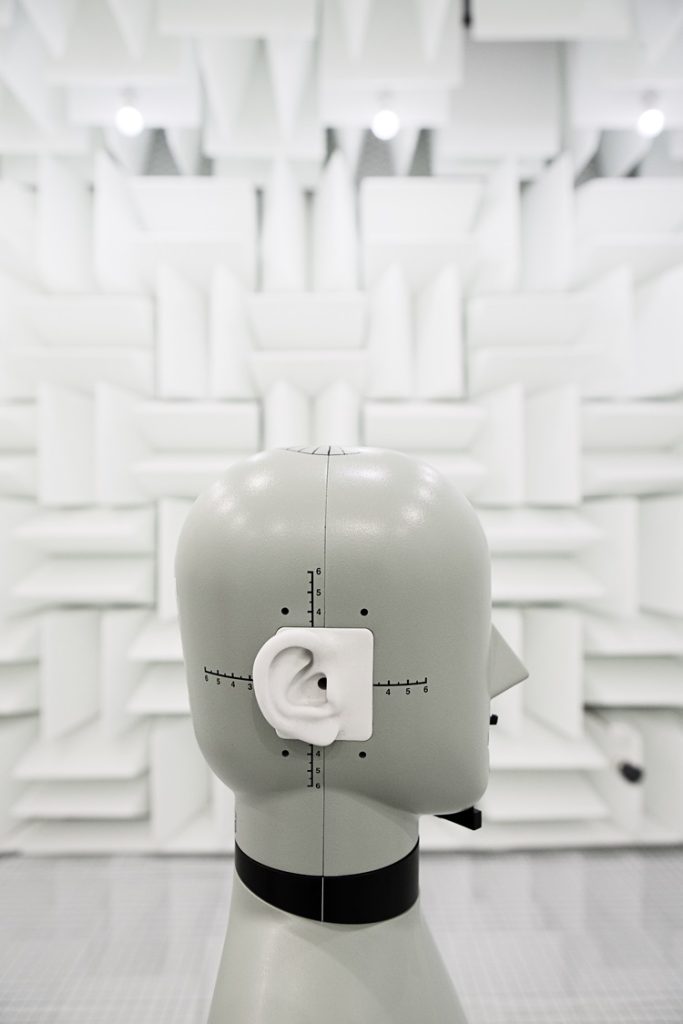
Thomas has already shared how impressed he was when hearing Auracast in action at a Copenhagen concert, but what about the first time he put on some Auracast-enabled headphones and heard the sound for himself?
“It was overwhelming,” he recalls.
“We have so many listening kits in the labs for when we were defining the audio codecs, so I should have had some expectations. I was surprised about how natural the sound was, and how pleasant it was when you were sitting there.
“It took me some time before I figured out why it was so much better than I expected.
“One reason is that you place the microphones close to the performers so it is like sitting in the front row, or even closer, and you hear so much more: you hear when the performer is rustling a page in a notebook and so forth. It’s really nice, spatial audio.”
Others testing the new technology have felt that experience. For those used to the hiss and buzz of the loop, the fuzzy sounds and slightly disconcerting noise that the telecoil provides, the clarity of an Auracast is a shock. And with the user controlling the volume via their Auracast Assistant, being able to hear what is going on immediately around them, and being able to join and leave at will, it’s no wonder that people are keen.
Thomas says the feedback from the test audiences was so positive they wanted Auracast rolled out immediately, but he had to urge patience so that features, standards and setups can be worked through. He cites an example of figuring out how people can follow an Auracast from one end of an airport to the other: how will the signal be transmitted from the starting point to the departure gate.
“We are sitting in our research department, coming up with more ideas than we can realise,” he says. “Auracast is really one of the technologies that is new from the ground up. You can keep building on the ideas and the foundations of this technology.”
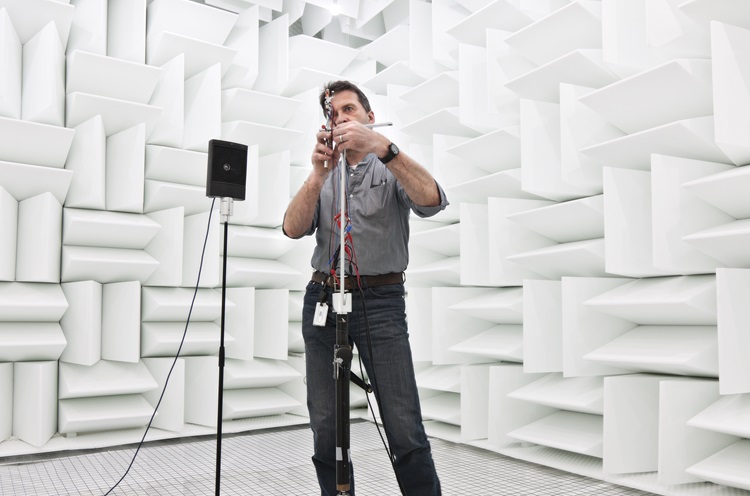
One of the reasons why people need to be patient is the need for it to be installed across the world, in the process raising awareness of the technology and how easy it is for people to connect.
In some ways, it’s a bit chicken and egg as the Bluetooth standard exists, but installs are few and far between, but products are coming to market, and firmware updates are poised.
Add in a lack of awareness of Auracast among shop assistants, salespeople and those answering online queries and it’s clear that it will be a while before Auracast moves from the shadows and into the mainstream. This doesn’t faze Thomas.
“This is typical for a new technology: people have heard about it, they have seen the benefits, but they don’t yet have it in their hands, so we need to bring a lot of information out, and raise awareness,” he says.
“What will really boost it is that all hearing aid manufacturers – at least 90 per cent of the Big Five – will have it very soon if they don’t already, and they will start promoting it.”
This promotion also filters down to those responsible for creating the spaces in which we gather, be it a new building, a meeting room, a place of worship or a stadium.
“Every time you talk to an architect about installing any kind of assistance system, they will naturally look at Auracast,” Thomas says. “The benefit is that it is so easy to install and, if you need to remodel the building, it’s no problem. You just need a screwdriver: two screws down and up again, then place (the Auracaster or speakers) somewhere else and reconfigure it.
“From an architectural viewpoint, Auracast would probably be the default for budget reasons, being future-proof and so forth. With the default loop systems already installed, don’t touch them but use them as much as you can.
“I’ve talked to quite a few architects, and they want to hear where these technologies are going, what they need to be aware of, and the requirements for their contractors.
“I think this will move fast.”
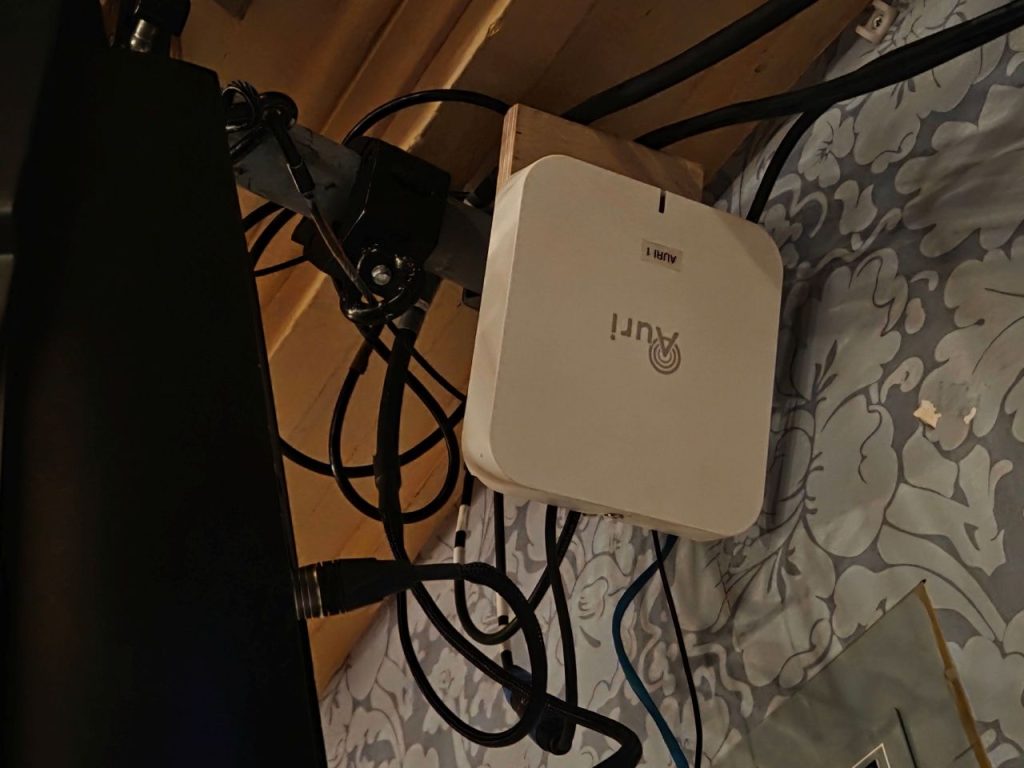
And yes, that includes here in the UK: Thomas cites interest from the NHS, one of the country’s biggest dispensers of hearing aids. In its catalogue is the Danalogic Extend, made by GN Group.
In addition to Auracast, this forward-looking aid includes functions found in top-of-the-range models, including All Access Directionality, which uses real-time information about the user’s environment to constantly and automatically adjust the sounds they hear. An Ultra Focus mode works in demanding environments, while the aids’ connectivity via its BeMore app works with both Android and iOS phones. And they can also be fine-tuned remotely thanks to the GN Assist functionality.
Having this available as an option for NHS audiologists is important for the rollout of Auracast here in the UK.
“The technology has the attention of the NHS,” Thomas explains. Due to this, it will be a matter of time before the technology comes as standard in their hearing aids, just as it is coming to other tech we use every day.
“If you take a look at your phone, if you bought an Android phone in the last couple of years, it probably has Auracast. If you buy a PC, a laptop or whatever, and it’s the newest platform, it has it. You will realise you (the consumer) don’t pay extra for this technology, and that is what will help it to roll out.”
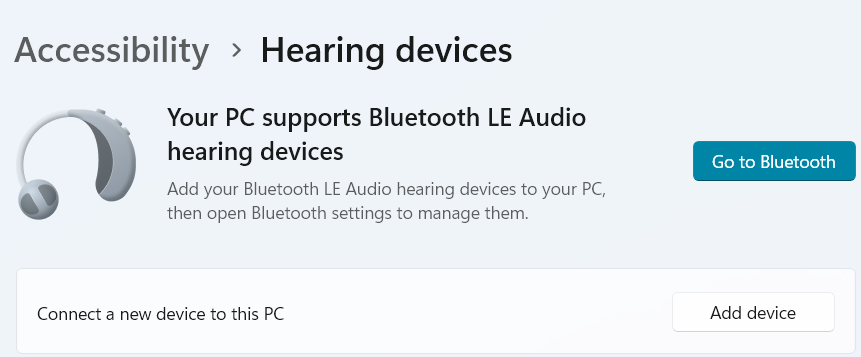
For now, Auracast seems to be at the higher end of the market. For example, while Samsung has led the way with its mobile phones and computers, its TV sets with Auracast are limited to the top-of-the-range, costing several thousand pounds and taking up most of a wall, rather than being a standard in the smaller models that cost around £500.
Other manufacturers have released their 2025 range with Bluetooth codecs being 5.0. But with Bluetooth 6.0 coming down the tracks, the decision not to incorporate the assisted listening technology into these televisions is baffling.
Thomas is excited about this change and can see it becoming a universal technology.
“When it takes off, it is sure to go fast because there are very few manufacturers of these Bluetooth chipsets. When they roll it out, it will be there.
“We are working with the International Electronic Commission to create a connectivity standard, so it can be referenced by law when it comes to buildings: you would need to have a certain number of rooms capable of using this technology, like you have to have wheelchair ramps. It can be much cheaper than a looped area, so it’s affordable.”
Affordable, easy to install, and easy to use: Auracast offers so many possibilities not least, as Thomas says, you don’t need a jackhammer and half-a-mile of wire to install a system as you would do with a loop. It’s wireless and uses nodes in a similar fashion to WiFi extenders and that means no dead spots in buildings, or special areas that people have to sit in.
“For venues, it seems to be able to solve some of the problems they have today. And this is a technology that is not just for hearing impaired, it is also for normal hearing,” Thomas continues. “People can bring in their earbuds, or whatever, and get this very pleasant experience.
“I firmly believe Auracast will fly.”
For more on GN Group and its hearing technology
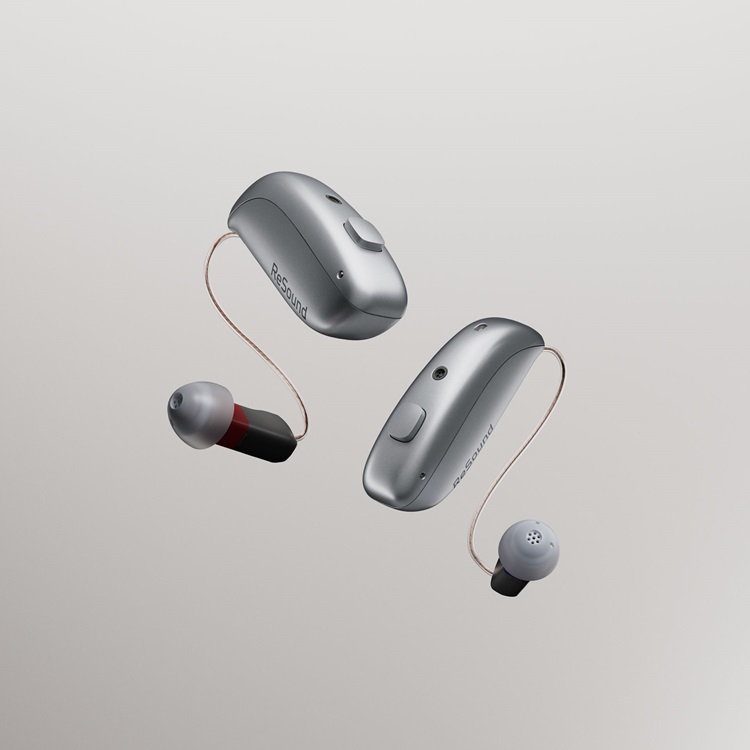
For more on GN Group, and its hearing solutions, visit: https://www.gn.com/
For more on the Danalogic Extend hearing aid, click here: https://www.danalogic.co.uk/hearing-devices/danalogic-extend
For more on the ReSound Vivia hearing aid range, which has Auracast built in as standard, click here: https://www.resound.com/en-gb/hearing-aids/resound-hearing-aids/resound-vivia
To find out more about ReSound’s other products, made by the GN Group, log on to: https://www.resound.com/en/


